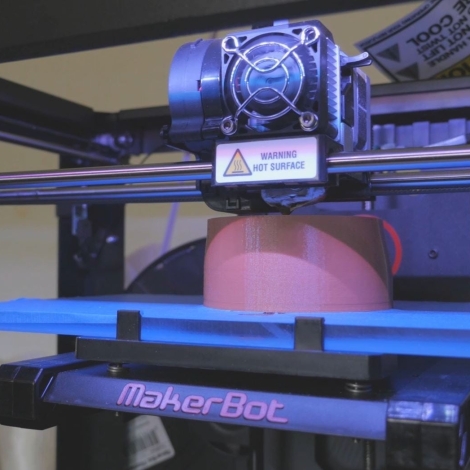Making a prosthetic limb the traditional way takes about a week. First, the prosthetist takes a plaster mold of the end of the damaged limb. Then the prosthetic needs to be built and sized manually. That’s a lot of labor to meet the needs of the world’s more than 10 million people with amputations or congenital limb damage. The problem is compounded in developing countries, where most of the amputees reside, because prosthetists are in short supply.
“In Uganda, we believe there’s probably 12 prosthetists to serve the entire country,” says Matt Ratto, the principal investigator for Nia Technologies and associate professor of information at the University of Toronto. That means that roughly 12 prosthetic limbs are made per week in the country.
“We wanted to see if it was possible to speed the process up using 3D printing and scanning technologies,” Ratto says.
Instead of casting the damaged limb with plaster, a technician scans it digitally. That allows for digital modelling of the prosthesis, which is later transmitted to a 3D printer for construction. The method could be as much as 80 percent faster, Nia’s technicians say, cutting the fitting time from one week to 1.5 days. They call the process 3D PrintAbility.
Nia worked with staff and patients at CoRSU Hospital in Uganda to conduct clinical trials earlier this year. The hospital’s prosthetists fit 40 children with 3D -printed prosthetic sockets. The trial found that printing the prostheses saved money and offered better fitting limbs that took a quarter of the time to produce.
Nia has more clinical trials planned for 2016, and aims to deploy its tested prostheses more broadly in 2017, Nia’s CEO Jerry Evans told E4C.


HI Nia Technologies ,
WONDERFUL , How can I be part of this wonderful project , i HAVE SOME iDEAS CAN i RUN IT BY YOU .
Wawouh this is so interesting am a prosthetist also here in Rwanda but I wish to know how u print the prosthetisis we wish to do it here in FabLab